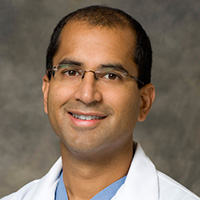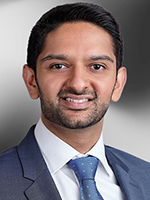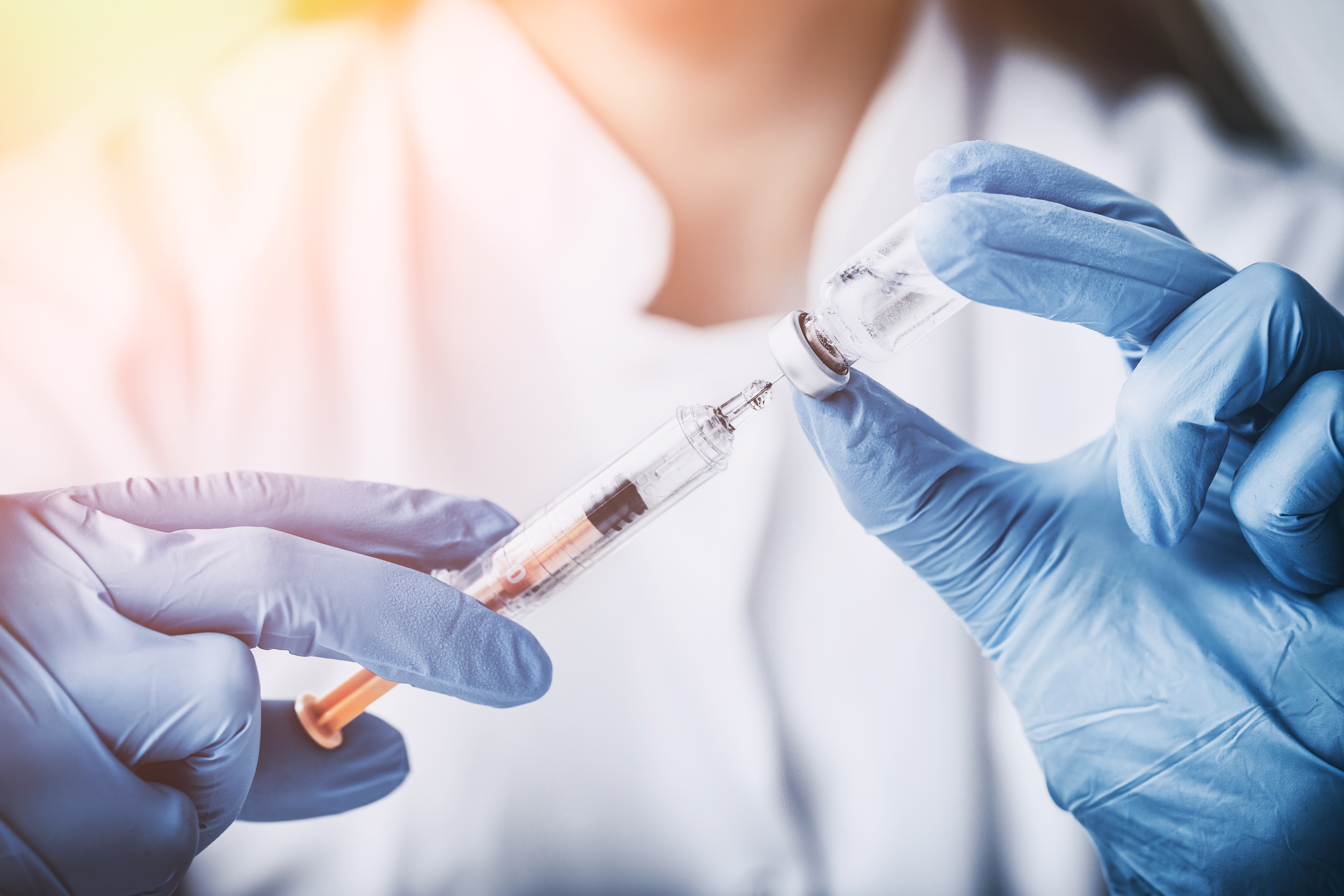The design of the HEARTLINE randomized trial of up to 180,000 pts for assessing the efficacy of the Apple Watch & educational initiatives to reduce a composite outcome of death, MI and stroke was presented by Dr. C. Michael Gibson, PERFUSE Study Group, Beth Israel Deaconess Medical Center, Boston, Massachusetts, at ACC 2019, in New Orleans, LA earlier today. The HEARTLINE Study brings together Johnson & Johnson’s health and behavioral science expertise and long heritage in treating cardiovascular disease with Apple’s technology expertise. Emerging technology holds great potential to help identify people at risk for future disease and develop interventions to prevent disease before it occurs. Leveraging a new heart health app from Johnson & Johnson in combination with Apple Watch’s irregular rhythm notifications and ECG app, the HEARTLINE Study will seek to investigate whether this technology can accelerate the diagnosis of AFib and improve outcomes including the prevention of stroke, as well as assess the impact of a medication adherence program. The study will be conducted in the U.S. only and will be designed as a pragmatic randomized controlled research study for individuals age 65 years or older.
Dr. Gibson’s keen interest in EKG monitoring spans over two decades. Prior to this, according to another randomized controlled trial led by him, the implantable cardiac system was found to detect early ST-segment deviation and alert patients of a potential occlusive event. The report, published in the Journal of the American College of Cardiology, provided evidence that the device was beneficial among high-risk subjects in the identification of asymptomatic events. Although this trial generated some skepticism over the increased utilization of resources, the number of false negatives was about a quarter lower in the symptoms only group when an alarm was used. According to Dr. Gibson, “There were 42 MIs that were detected where it was just the alarm, there were no symptoms, and that was pretty powerful.” HEARTLINE, on the other hand, is a randomized controlled trial where the primary objective is to determine whether a broad health-focused engagement program paired with the heart arrhythmia alert (PPG) and an ECG sensor via the Apple Watch in participants ≥65 years of age with undiagnosed symptomatic or asymptomatic AF can increase the clinically confirmed diagnosis rate of AF versus standard of care (i.e. control group). The primary endpoint encompasses the number (%) of clinically confirmed diagnoses of AF with validation obtained from a CLAIMS database. Moreover, the time to receiving an alert and a confirmed diagnosis from a physician will also be considered as an endpoint for analysis. Additionally, the key secondary endpoint includes cardiovascular outcomes defined as MACE (stroke, MI, all-cause death). The assessment of hard outcomes will include a composite of all-cause mortality, MI, all-cause stroke including both ICH (which is a harm feature from the anticoagulation) and reduction in ischemic strokes, for a total follow up period of 3 years. The second objective of this trial is to determine whether an anticoagulation adherence module, administered via an app on the iPhone and Apple Watch will drive better adherence to novel oral anticoagulation medication versus control. The Anticoagulation adherence module comprises of reminders, goal setting and completion of educational content through the Apple Watch and iPhone app. In this case, the primary endpoint will comprise the percent days covered (PDC). The primary measure will be the use of prescription novel oral anticoagulants (NOACs) following a confirmed diagnosis of AF.
 [perfectpullquote align=”full” bordertop=”false” cite=”” link=”” color=”” class=”” size=””]“There’s been a lot of hype- a lot of positive hype and a lot of negative hype. What we want to do is move away from a ‘hype’ and test a hypothesis. Probably the most exciting thing about this is doing a very massive, pragmatic, real-world trial. We are getting ready to break some water. You will not necessarily be identified in a doc’s office, you can participate based on the news, the insurer etc, and so the funnel is much larger. For follow up, CLAIMS data is used which is much less expensive. It really is a virtual trial, we can do a more massive trial with much lower cost. The technology is great, but I think the most transformative thing about this is the whole new way we’re gonna do trials.”- Dr. C. Michael Gibson, M.D.[/perfectpullquote]
[perfectpullquote align=”full” bordertop=”false” cite=”” link=”” color=”” class=”” size=””]“There’s been a lot of hype- a lot of positive hype and a lot of negative hype. What we want to do is move away from a ‘hype’ and test a hypothesis. Probably the most exciting thing about this is doing a very massive, pragmatic, real-world trial. We are getting ready to break some water. You will not necessarily be identified in a doc’s office, you can participate based on the news, the insurer etc, and so the funnel is much larger. For follow up, CLAIMS data is used which is much less expensive. It really is a virtual trial, we can do a more massive trial with much lower cost. The technology is great, but I think the most transformative thing about this is the whole new way we’re gonna do trials.”- Dr. C. Michael Gibson, M.D.[/perfectpullquote]
In contrast to the prior Apple Heart study, Dr. Gibson stressed that Heartline is a 2 arm randomized trial, while the former was a single arm observational study. In addition to this, Heartline uses a single lead EKG tracing on top of pulse irregularity with a composite outcome of death /MI/stroke. Taking all of this into perspective, Dr. Ajay Kirtane, Director of the New York-Presbyterian / Columbia cardiac catheterization laboratories, in an interview with Dr. C. Michael Gibson, commented, “I think the Apple Heart Study is like a proof of concept, how can the device work and we as clinicians, need to figure out what the right trials are to sort out some of the issues that people are so concerned about, overreacting for instance. Similarly, the hype on the other side is that this device can save your life. These things, probably in rare cases, may be true, but overall, we have to figure out what to do and that requires some degree of randomization and understanding how patients react.” Echoing these sentiments and speaking about his trial in the context of the prior feasibility study, Dr. Gibson remarked, “There’s been a lot of hype- a lot of positive hype and a lot of negative hype. What we want to do is move away from a ‘hype’ and test a hypothesis. The study that has been presented did show that the risk of atrial fibrillation in an all-comers, all-ages population is pretty low (about half a percentage of 1). But it also showed that among people older than ≥ 65, the risk is higher. It was an observational study, which showed the feasibility of assessing irregular heartbeats with this kind of approach, it showed that it’s safe but it’s time for the next step. And the next step really evaluates, “Does a wearable improve hard outcomes such as death, heart attack, stroke? It’s hard to define outcomes harder than that.” HEARTLINE has several departures from the apple heart study. The technology is such that “The device detects your pulse. It is a laser, looking at the skin and uses plethysmography to detect the pulse and it triggers if you have an irregular pulse, it doesn’t look at your EKG. If you have an irregular pulse, then you can put your finger on the iPhone and it makes your single lead EKG. So what we want to do is use that more advanced technology in people who don’t have AF.” The study is designed such that the subject is either randomized to iPhone technology along with the health app that looks at compliance and adherence in one arm versus no watch in the other, and health information is also attained.
 [perfectpullquote align=”full” bordertop=”false” cite=”” link=”” color=”” class=”” size=””]“I think the Apple Heart Study is like a proof of concept, how can the device work and we as clinicians, need to figure out what the right trials are to sort out some of the issues that people are so concerned about, overreacting for instance. Similarly, the hype on the other side is that this device can save your life. These things, probably in rare cases, may be true, but overall, we have to figure out what to do and that requires some degree of randomization and understanding how patients react.”- Dr. Ajay Kirtane, M.D.[/perfectpullquote]
[perfectpullquote align=”full” bordertop=”false” cite=”” link=”” color=”” class=”” size=””]“I think the Apple Heart Study is like a proof of concept, how can the device work and we as clinicians, need to figure out what the right trials are to sort out some of the issues that people are so concerned about, overreacting for instance. Similarly, the hype on the other side is that this device can save your life. These things, probably in rare cases, may be true, but overall, we have to figure out what to do and that requires some degree of randomization and understanding how patients react.”- Dr. Ajay Kirtane, M.D.[/perfectpullquote]
Highlighting certain unique features of this trial Dr. Gibson stressed on the fact that in contrast to the age-old method of adjudicating events using a Clinical Events Adjudication Committee, HEARTLINE would be using CLAIMS data with a 100% ascertainment in ≥ the 65-year group in Medicare patients to evaluate its important objectives. Acknowledging legitimate concerns about overutilization, Dr. Gibson stated that the accuracy would be higher in the trial in comparison to the Apple Heart study. “Earlier, the rate of concordance between a patch that monitored EKG and phone was 0.84 (84%). Here, the single lead EKG is actually the same as a patch. Thus, not only will the sensitivity be okay, but specificity would be much better and the overall accuracy of the process will be better.” He proceeded to state that “‘Now people are looking at what will be the PPV if the alarm goes off, how it will match up to the gold standard. Monitor for 15 seconds and the PPV is 70%. However, if monitored for 5 cycles of 15 minutes, then it turns out to be 84% in terms of PPV, matching up with a patch that has a single lead. That’s what happened when it was offered by the FDA, it gives us a consumer grade device with that kind of accuracy.” Speaking of the unique design of this trial, Dr. Gibson stated, “Probably the most exciting thing about this is doing a very massive, pragmatic, real-world trial. We are getting ready to break some water. You will not necessarily be identified in a doc’s office, you can participate based on the news, the insurer, and so the funnel is much larger. For follow up, CLAIMS data is used which is much less expensive. It really is a virtual trial, we can do a more massive trial with much lower cost. The technology is great, but I think the most transformative thing about this is the whole new way we’re gonna do trials.” In addition to contributing to the evolving science of digital health by helping researchers learn how to use emerging technology to better diagnose, treat and prevent heart conditions, participants would also be learning how to stay heart-healthy every day with heart health education and lifestyle tips. The enrollment for the HEARTLINE Study will open in late 2019.
To watch interview 1 with Dr. C Michael Gibson, click here.
To watch interview 2 with Dr. C Michael Gibson, click here.




